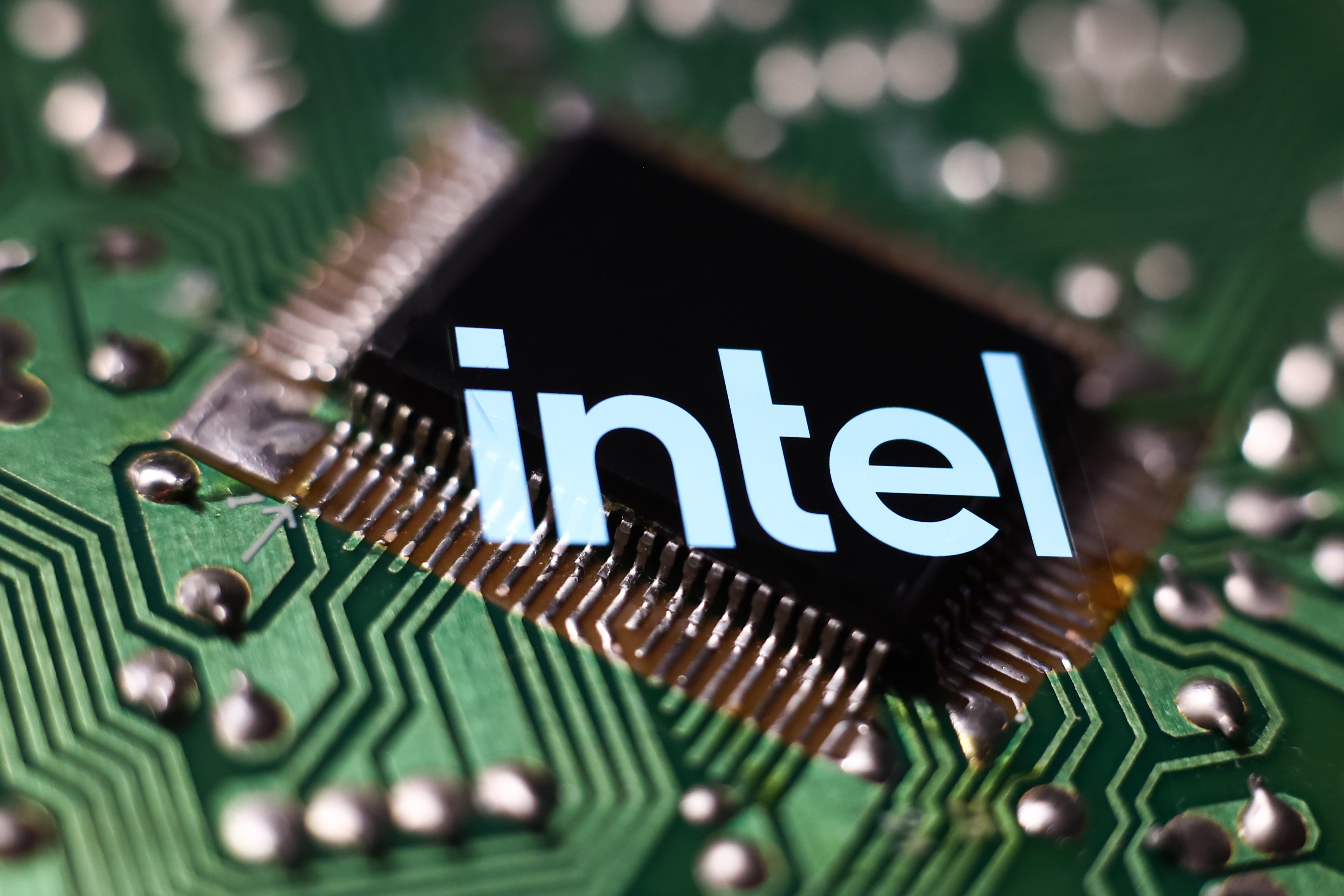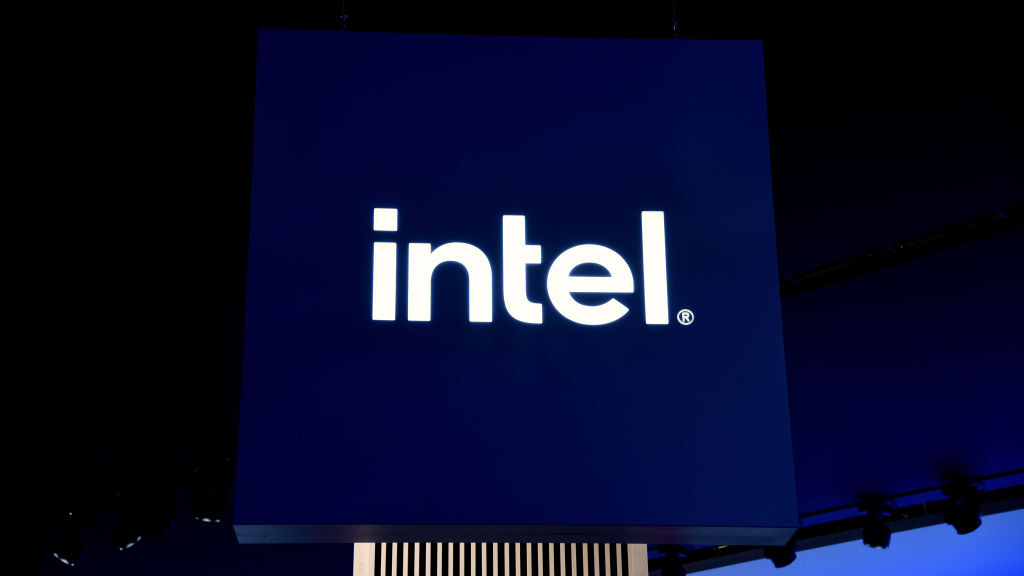What’s so great about Intel’s Sandy Bridge?
Intel’s latest generation of processors, codenamed Sandy Bridge, was recently released to huge acclaim. Clive Webster investigates what all the fuss was about.
Graphic Novelties
Part of the need to redesign the socket is due to the integrated graphics unit of a Sandy Bridge CPU. Unlike the older Clarksfield and Clarkdale processors which combined separate GPU and CPU dies in a single processor package, Sandy Bridge unifies both units in a single silicon chip.
Intel has added more capabilities to its newly named Processor Graphics (PG) units, but mostly for media playback and encoding. This means that laptop makers won't need to add a third-party graphics chip to laptops just to enable HD playback, which should lead to smaller, thinner and cheaper laptops. The Intel Wireless Display (also known as WiDi) allows wireless connections to screens, which might be useful for travelling professionals who need to give a lot of presentations.
An interesting quirk of how Intel has integrated the PG into the Sandy Bridge design is that it shares the highest-level cache of the processor, allowing it access to this super-fast temporary data store. This should speed up GPGPU tasks such as the GPU-accelerated video encoding, but we don't see a huge benefit if you're just using the PG to display a Windows desktop. There's also the risk that the PG will steal some valuable cache from the CPU cores.
Sandy Bridge motherboards come in two flavours: P67 and H67. You'll need a H67 motherboard to enable the PG which can support up to simultaneously connected displays. If you need to connect more than two, then it's probably worth opting for a PC with a P67 motherboard, which shouldn't cost any more than their H67 counterparts, and a dedicated graphics card instead. These chipsets are also Intel's first to include SATA 6Gbps support for super-fast SSDs, but that's of little consequence to most people.
Get the ITPro daily newsletter
Sign up today and you will receive a free copy of our Future Focus 2025 report - the leading guidance on AI, cybersecurity and other IT challenges as per 700+ senior executives
-
 Asus ZenScreen Fold OLED MQ17QH review
Asus ZenScreen Fold OLED MQ17QH reviewReviews A stunning foldable 17.3in OLED display – but it's too expensive to be anything more than a thrilling tech demo
By Sasha Muller
-
 How the UK MoJ achieved secure networks for prisons and offices with Palo Alto Networks
How the UK MoJ achieved secure networks for prisons and offices with Palo Alto NetworksCase study Adopting zero trust is a necessity when your own users are trying to launch cyber attacks
By Rory Bathgate
-
 Gaining timely insights with AI inferencing at the edge
Gaining timely insights with AI inferencing at the edgeWhitepaper Business differentiation in an AI-everywhere era
By ITPro
-
 Scaling AI from pilot to production: Maximize AI impact with HPE & Intel
Scaling AI from pilot to production: Maximize AI impact with HPE & IntelWhitepaper Transform AI proof-of-concepts into full-scale implementations
By ITPro
-
 UK supercomputer boom as HPE and Dell receive funding for new AI cluster
UK supercomputer boom as HPE and Dell receive funding for new AI clusterNews The UK’s AI computing capabilities will increase by an order of magnitude in 2024
By Rory Bathgate
-
 AI gold rush continues as Hugging Face snags $235 million from IBM
AI gold rush continues as Hugging Face snags $235 million from IBMNews The investment round, which brings the company's valuation to $4.5 billion, also includes Amazon, Google, Intel, and Salesforce
By Richard Speed
-
 Why is ASUS reviving Intel’s NUC mini-PC line?
Why is ASUS reviving Intel’s NUC mini-PC line?News The diminutive PC is to rise again while analysts look for the business case
By Richard Speed
-
 Intel targets AI hardware dominance by 2025
Intel targets AI hardware dominance by 2025News The chip giant's diverse range of CPUs, GPUs, and AI accelerators complement its commitment to an open AI ecosystem
By Rory Bathgate
-
 Why aren’t factories as smart as they could be?
Why aren’t factories as smart as they could be?Whitepaper How edge computing accelerates the journey to a remarkable factory
By ITPro
-
 Who needs Intel vPro®, An Intel® Evo™ Design, anyway?
Who needs Intel vPro®, An Intel® Evo™ Design, anyway?Sponsored With flexible work on the up, the demand for high performance on-the-go business laptops has never been greater
By ITPro